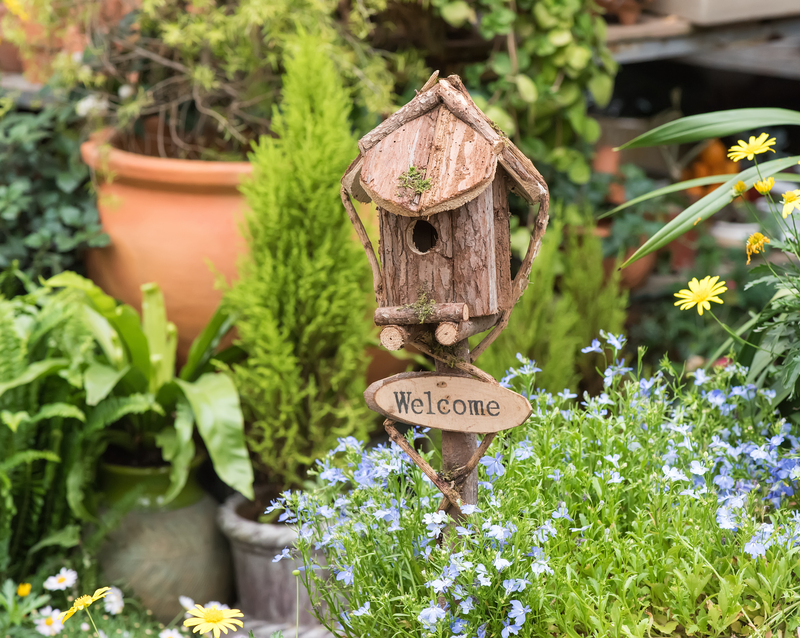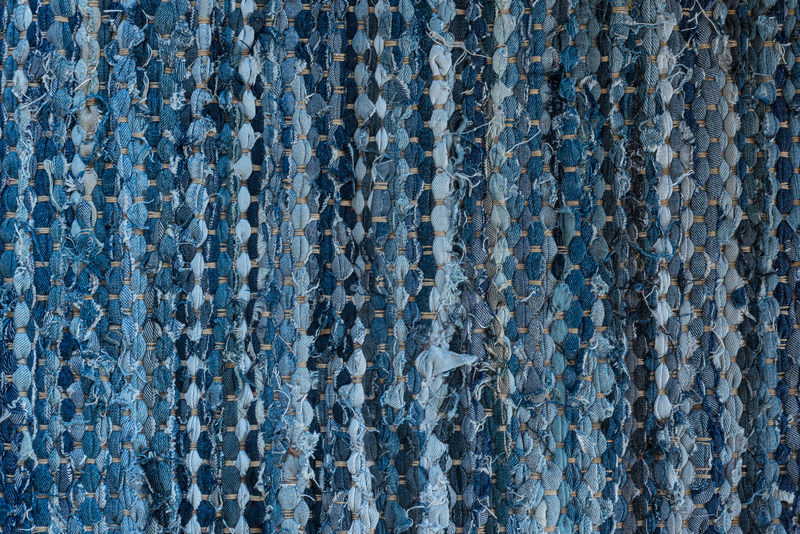Thinking Outside the Bin Bag: Exploring the Potential of Garbage in Art
Posted on 02/04/2025
In today's throwaway culture, we produce more garbage than ever before. Landfills are overflowing, and our oceans are filled with plastic waste that takes hundreds of years to decompose. But as the saying goes, one person's trash is another person's treasure. In recent years, artists all over the world have found a new way to turn garbage into art, creating thought-provoking pieces that not only challenge our perceptions of waste but also inspire us to rethink our own consumption habits. In this article, we will explore the growing trend of using garbage in art and its potential impact on society.
The Rise of Garbage Art
The use of garbage in art is not a new concept. In fact, it can be traced back to the early 20th century with artists like Marcel Duchamp and Pablo Picasso incorporating everyday objects into their artwork. However, it was not until the 1960s and 70s that garbage art gained mainstream recognition with artists like Robert Rauschenberg and Andy Warhol blurring the lines between traditional art materials and discarded items. Fast forward to today, and we see a resurgence of this movement with artists using all types of waste, from plastic bags and bottles to electronic waste and even food scraps.

The Potential of Garbage Art
The use of garbage in art goes beyond just creating aesthetically pleasing pieces. It also serves as a powerful method for raising awareness about environmental issues and encouraging sustainable practices. Through their creations, artists are able to shed light on the negative impact of our excessive consumption on the environment and urge people to take action.
Moreover, garbage art has given a new lease of life to discarded objects that would otherwise end up in landfills or polluting our oceans. By transforming these materials into something beautiful and valuable, artists are challenging us to rethink our perception of waste and see its potential for creativity.
The Pros and Cons of Garbage Art
As with any form of art, there are both pros and cons to using garbage as a medium. On the positive side, garbage art can serve as a powerful tool for education, advocacy, and activism. It can also bring attention to important environmental issues and spark conversations about sustainable living.
Furthermore, garbage art is a cost-effective way for artists to create, as the materials are often free or very inexpensive. It also allows for endless possibilities in terms of creativity, as there are no limitations on the types of waste that can be used.
However, there are also some potential concerns when it comes to garbage art. One major issue is the health and safety risks involved with handling certain types of waste. Artists must take proper precautions when working with hazardous materials to ensure their own safety as well as that of their audience.
Additionally, some argue that the use of garbage in art is just a temporary solution and doesn't address the root cause of our waste problem. It may even inadvertently promote the idea that it's okay to continue producing excessive amounts of waste as long as we find ways to repurpose it.
Tips for Creating Garbage Art
If you're interested in trying your hand at creating garbage art, here are a few tips to keep in mind:
1. Choose your materials wisely: When selecting materials for your artwork, consider their potential impact on your health and the environment. Avoid using hazardous materials or items that cannot be recycled or safely disposed of.
2. Clean and sanitize: Before incorporating any waste into your artwork, make sure to thoroughly clean and sanitize it to avoid any potential health risks.
3. Get creative: Don't limit yourself to traditional forms of art. Experiment with different types of waste and explore new techniques to create unique pieces.
4. Share your message: Use your artwork as a platform to share your message about the importance of reducing, reusing, and recycling. Encourage others to join in on the conversation and inspire change.

The Takeaway
It's clear that garbage art has the potential to make a positive impact on our society by raising awareness about environmental issues and promoting sustainable practices. However, it's important to also consider the potential risks and limitations of this form of art. As individuals, we can all play a role in reducing waste and supporting artists who are using their talents to make a difference.
Conclusion
Thinking outside the bin bag has truly opened up a world of possibilities for artists. Garbage art not only challenges our perceptions of waste but also serves as a powerful medium for environmental activism. With more artists embracing this movement, we can hope to see a shift towards more sustainable practices and a cleaner, healthier planet for future generations. So next time you throw something away, think about its potential to be transformed into a piece of art that can make a difference.

 020 3744 5712
020 3744 5712










